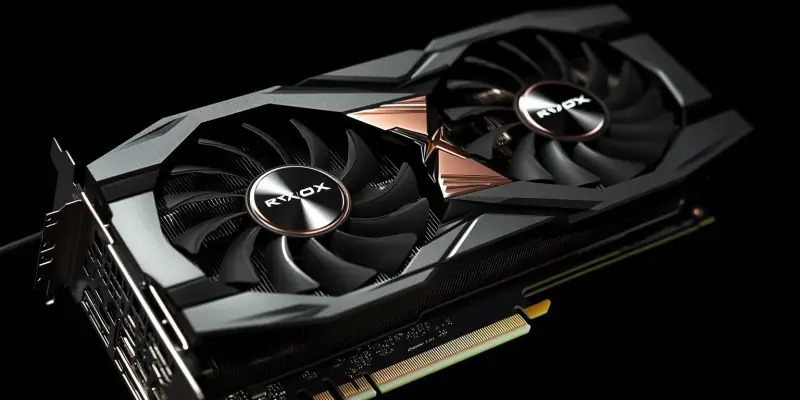In what appears to be a monumental leap in chip architecture, Nvidia’s transition to CoWoS-L chip packaging represents a significant advancement in compute performance and efficiency. The move signals a fresh approach to the chip packaging standard, aimed primarily at enhancing high-end computing applications such as AI and HPC (High-Performance Computing). Nvidia’s CEO, Jensen Huang, addressed the technology community’s growing interest and some concerns regarding this significant shift. He emphasized that while the technology needs are evolving rapidly, the overall demand for Nvidia’s advanced chip packaging solutions remains robust.
Nvidia’s Shift from CoWoS-S to CoWoS-L
Nvidia’s migration from CoWoS-S to CoWoS-L is more than just a simple upgrade; it marks a strategic effort to push the boundaries of what computing hardware can achieve. CoWoS-L incorporates advanced Local Silicon Interconnect (LSI) chips that enable die-to-die connections. This fundamental change results in a substantial increase in interconnect density and improved bandwidth capabilities. Prior to this, CoWoS-S had already set the bar high with its packaging capabilities, but CoWoS-L takes things a step further by potentially supporting up to 12 HBM3 modules. Given these improvements, it’s clear that Nvidia is setting new benchmarks in chip performance and efficiency.
Huang made it clear that this shift is robust and not indicative of a reduction in manufacturing capacity. Instead, Nvidia’s commitment to CoWoS-L results in a significant increase in this chip’s production capacity. As technological demands grow, Nvidia’s ability to meet and exceed these needs is crucial for maintaining its leadership in the semiconductor market. TSMC, Nvidia’s major manufacturing partner, is expected to double its CoWoS production capacity by 2025 in response to this shift. Such expansions demonstrate a forward-thinking approach and an unwavering commitment to staying ahead in technology.
Implications for TSMC and the Semiconductor Industry
While Nvidia’s shift to CoWoS-L is a testament to technological progress, it also has significant implications for TSMC and the broader semiconductor industry. Analysts at Nomura Securities have projected a 1% to 2% decrease in TSMC’s revenue as a result of reduced CoWoS-S orders. Some projections even estimate a decline of up to 80% in those orders. Despite these concerns, the overall effect is expected to be an increase in CoWoS production capacity, making it likely that Nvidia will occupy more than half of this capacity by the end of 2025. TSMC’s adaptation to these rapid changes highlights its dedication to maintaining a competitive edge.
The decreased demand for CoWoS-S packaging is not without its ripple effects across Nvidia’s supply chain. Other key players may face disruptions as they adjust to the changing demand dynamics. However, despite these challenges, Nvidia’s shift to CoWoS-L is expected to stimulate the adoption of advanced packaging technologies throughout the industry. This advancement sets a new benchmark for what is achievable with high-performance AI chips. This move, therefore, not only symbolizes Nvidia’s technological evolution but also portrays the industry’s direction toward more complex and capable computing solutions.
Setting New Industry Benchmarks
Nvidia’s transition to CoWoS-L chip packaging marks a monumental leap in chip architecture, signifying a significant advancement in both computing performance and efficiency. This move introduces a new approach to the conventional chip packaging standard, targeting enhancements primarily for high-end computing applications, including artificial intelligence (AI) and high-performance computing (HPC). Nvidia’s CEO, Jensen Huang, has recently addressed the technology community’s growing curiosity and some concerns about this profound shift. He emphasized that even as technological needs evolve at a rapid pace, the demand for Nvidia’s cutting-edge chip packaging solutions continues to be strong. Huang highlighted that the CoWoS-L technology is designed to meet the challenging needs of modern computing tasks, offering higher performance and improved efficiency compared to existing solutions. This development is poised to benefit a wide array of applications, ultimately propelling advancements in fields that require massive computational power, reaffirming Nvidia’s leadership in the industry.

